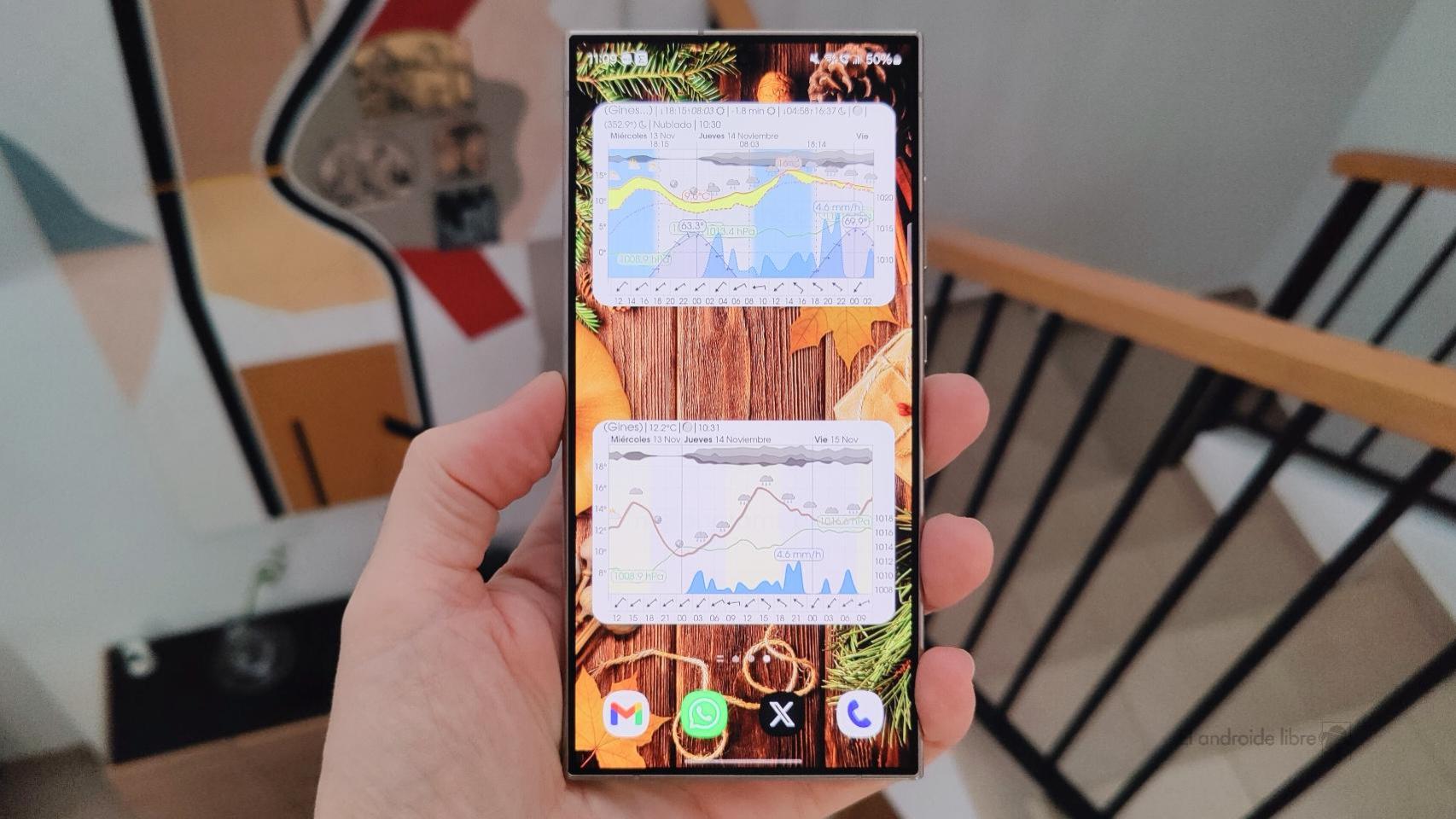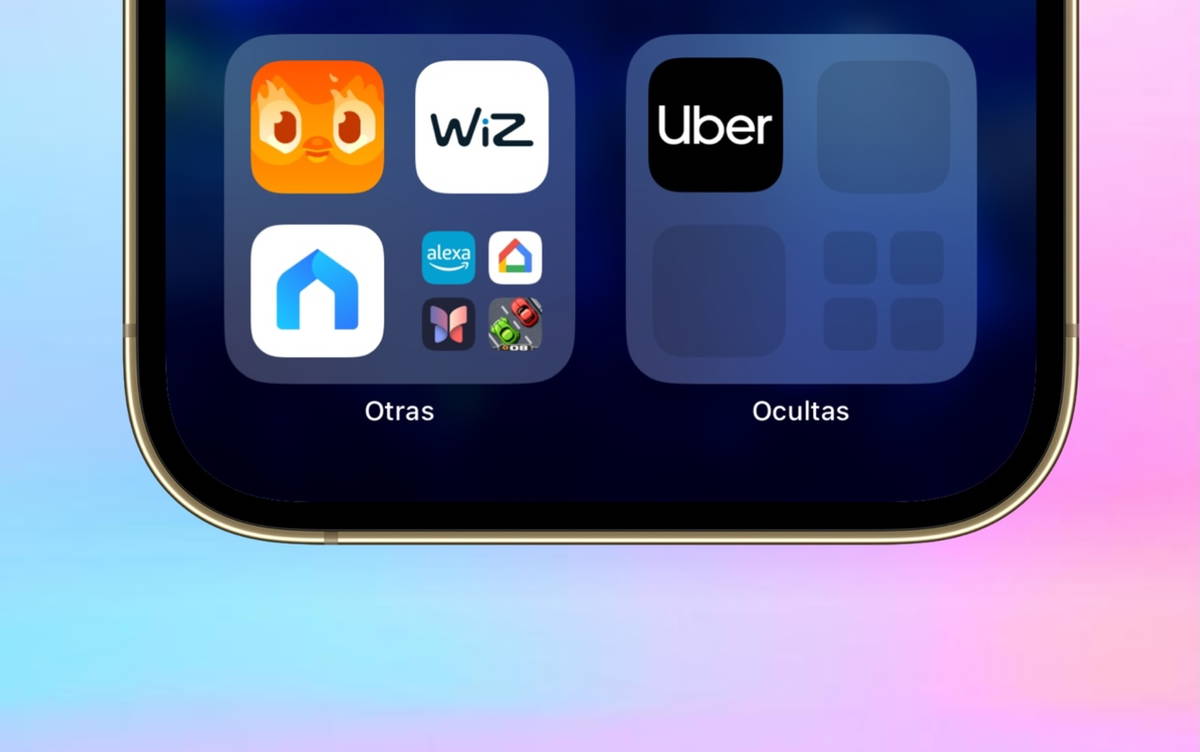Whether it’s the result of compelling evidence or groupthink, the usually confrontational and argumentative Apple rumor sphere has a tendency to speak with one voice from time to time. And right now, that voice is saying four words: HomePod with display.
In the span of a week, experts have spotted references to HomeAccessory17.1 in backend code and a hidden touch interface in a tvOS beta that all seem to point to the same thing. Whether this will end up in a shipped product remains to be seen, but it’s becoming hard to deny that Apple is at least working on some form of smart speaker with a display.
Is this the right decision? I’m not convinced. Not because of some “if it ain’t broke, don’t fix it” myth: good products can still be improved, and the HomePod has plenty of problems anyway. I just don’t see how this particular approach would help.
I have four HomePods: a pair of full-size units in the living room and a HomePod mini in the kitchen and office, respectively. I have a love/hate relationship with each of them, and I have a hard time seeing how a display could change that. My problem isn’t that I can’t see what song is playing, or that I can’t play videos, or see a local weather report. It’s that the HomePod doesn’t do what it’s told because Siri sucks.
Design at your fingertips
The complicating factor is that, unlike the iPhone and iPad, which are typically about a foot from our face, the HomePod’s position relative to the user varies considerably from case to case. My living room HomePods are on either side of the TV, so I’m often facing them; but when I’m listening to music on them, I’m much more likely to be at the dining table, either with my back to the speakers or far enough away that I can’t see anything on the screens if they had them. The kitchen HomePod mini is to my right as I cook, hidden behind spaghetti and a couple of cacti, so a screen would be handy for seeing but not for using as a touchscreen. And the office HomePod is directly behind me as I work. If it had a screen, I’d barely see it… though I could move around and tap on it easily enough.

The HomePod’s current screen isn’t very useful, and a fully touchscreen probably won’t be either.
Foundry
With this variety of use cases, the HomePod presents a challenge for the designer. If you rely on a touchscreen, just as you rely on buttons, you force home workers to get up from their desk chairs every time a song or album ends. If you insist on communicating information to the user via a visual display, you force them, at a minimum, to turn toward the HomePod, and since the distance between a user and the HomePod is unpredictable, chances are the text size in your interface will have to be so large that almost no information can be displayed.
There are two approaches to control and information that make sense for a speaker: either via a reliable wireless connection using your smartphone (which, in my experience, is very spotty with the iPhone and HomePod), or via audio. You know, since this is an audio-based device. Voice control is a very obvious method to use, because in any context in which you can hear the speaker, it can hear you. Voice fits all the varied use cases that HomePod owners might adopt.
This is the approach that Apple has tried to implement, and the approach was not at fault; the problem was the execution. Giving the HomePod a screen isn’t entirely unwelcome (and it’s a format that has worked well for Amazon and Google), but it doesn’t solve the underlying problems that have held the HomePod back. In fact, it’s a cop-out because it’s creating an entirely new product (that might well succeed) while ignoring the problems that already plague a product that Apple has.
What would help is a complete overhaul of Siri: fix that, and then of course you can have a screen next to a voice command system that actually works. How lucky, then, that Apple is currently working on Siri as part of the Apple Intelligence project. How lucky for us poor, long-suffering HomePod owners.
Except that Apple Intelligence won’t affect Siri on our HomePods: not in the first wave of rollouts, which will land on the iPhone, iPad, and Mac, but not on any other Apple device, and probably never, because it requires a certain level of processing power. The HomePod with a display might have a Class-A chip powerful enough to run Apple Intelligence at some point, but the HomePods we spent $300 on won’t. It’s frustrating, to say the least, and reinforces the feeling that Apple would rather force customers to buy something new than make what they already bought work properly.








